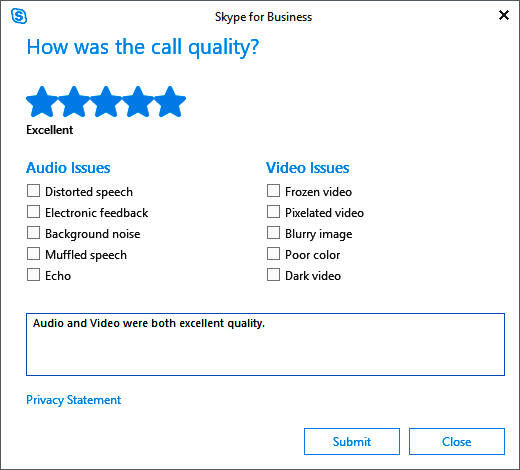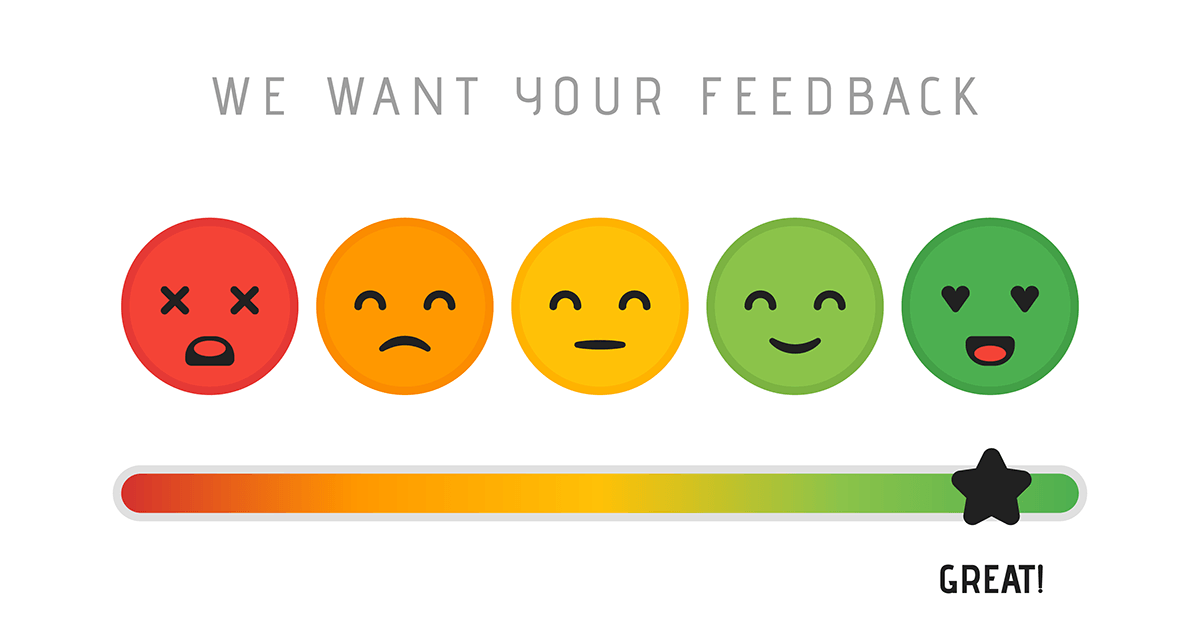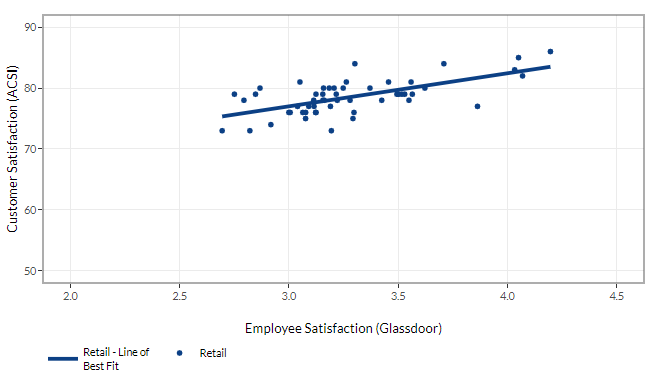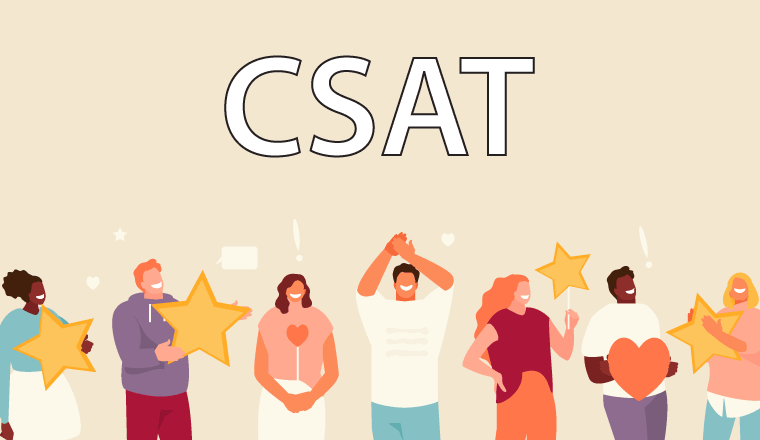How can CSAT grow your Business?

Every person on this globe has some app on their mobile. Have you ever noticed that about a couple of days after you have used the app, you get a notification to rate the app? Why do you think app ratings are so important? We, the users of the app are also the customers for the developers. A positive rating will indicate that the app is being loved by the customers and that will boost the downloads. However, a negative rating tells the developer to improve certain features and make it user friendly. So what are we measuring using the ratings? We analyze the experience of our customers with our products and services also known as Customer Satisfaction Metric.
What is Customer Satisfaction Score (CSAT)?
CSAT is a commonly-used CX Metric (link solution page) used to track how satisfied customers are with your organisation’s products and/or services. Marketers and brands can use CSAT to determine a customer’s level of satisfaction at key interaction times, such as the moment of purchase, the onboarding process, a support ticket exchange and a phone or digital conversation with customer service.
"Your most unhappy customers are your greatest source of learning."
One of the simplest examples of evaluating customer satisfaction is the Skype call or Whatsapp call survey. You will receive a review immediately after your call asking about the call quality and the issues. They believe in immediately solving customers' problems. In one instance, Skype left a customer overwhelmed by its quick response time. Likewise, every business should prioritise customer satisfaction and resolving customer issues for better business growth.

How to calculate Customer Satisfaction?
Customer Satisfaction Score (CSAT) is the most straightforward of the customer satisfaction survey methodologies that measure customer satisfaction with a business, purchase, or interaction. Ideally, it indicates how much of your customer is retained for a product repurchase. It's calculated by asking a question, such as
"How satisfied were you with your experience?"
There's a corresponding survey scale, which can be 1 – 3, 1 – 5, or 1 – 10 or it can be
- Very unsatisfied
- Unsatisfied
- Neutral
- Satisfied
- Very satisfied
For example, if you have 35 positive responses and a total of 50 responses, your CSAT would be 70%.
35 / 50 x 100 = 70%
CSAT score varies from Industry to industry. However, a score above 75% is considered good since CSAT measures only your promoter scores. A score of 80% says that 4 out of every 5 customers gave a positive score while that 1 customer gave a neutral or a negative score.

CSAT can also use multiple questions to focus on specific parts of the customer experience, e.g., “How would you rate your overall satisfaction with the product/service you received?”, “How would you like to rate our delivery?” This brings about a personification in the Survey.
CSAT and Revenue interlinked?
Brands' focus on customer satisfaction has shifted into high gear during the COVID-19 pandemic. Throughout the global pandemic, companies have had to show that they care about the customers and provide solutions that will ease their daily problems. Whether this was about producing Covid essential shortages or by providing essential services for free, businesses were and can shine by focusing on the wellbeing of their customers and employees over profit.
Did you know that employee wellbeing actually can lead to improved CX? According to the Glassdoor survey, each 1-star improvement in a company’s Glassdoor rating corresponds to a 1.3-point out of 100 improvements in customer satisfaction scores as employees interact closely and frequently with customers. As CSAT being one of the popular CX Metrics, marketers must have a basic understanding of CSAT strategies and concepts before exploring deeper ways to measure customer satisfaction and ultimately tailor marketing campaigns around it.

Check how your industry performs in Glassdoor’s customer satisfaction analysis here.
Customer satisfaction helps to increase customer loyalty and retention, reducing the need to allocate a marketing budget to acquire new customers. Satisfied customers may also recommend your products or services to other potential customers, increasing the potential for additional revenue and profit. Give your customers a reason to come back to you every time they need something.. In sectors such as financial services, the top 25 per cent of customers account for the majority of a company’s profits,according to Pitney Bowes. Satisfied customers have an indirect impact on profitability when they share their opinions with other consumers. Social networking sites play an important part in shaping attitudes towards a company and its products leading to profits. By maximizing customer satisfaction and encouraging customers to post their views on a forum or product review site, you can attract new customers who use the reviews to make their purchasing decisions.
Key CSAT takeaway Examples
- Airtel - Undergoes regular recreational activities and counselling for employee happiness.“Keeping employee satisfied leads to good customer service and better customer satisfaction.”
- Loom – Heavy discounts on premium services and free subscription for students and faculties.“Short term support helps guarantee long term loyal customers.”
- Twitter – Supported long term WFH initiatives through better incentives and healthcare for their employees.“A willingness to adapt to the situation gives the customer confidence in you.”
- Uber – Offered free rides to people going for vaccination.“Strengthen your roots by focusing on local, loyal customer base.”

Customer Satisfaction is important for your business, as well as measuring them. Give your business a new shape through CSAT surveys and analyse your growth and future. With HappyAgility CSAT system :
- Identify your most important customer milestones
- Collect customer data using the CSAT survey and understand your customer satisfaction as well as pain points.
- Use our analytics-based software to analyze this data and build a roadmap to improve customer experience
- Get solutions from sentiment analysis on your business growth.
Why wait? Join us today for free

Comments